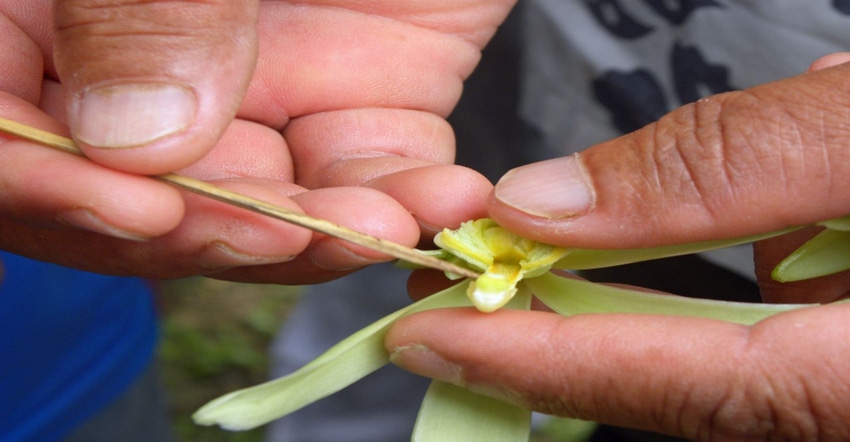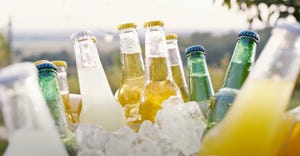With a complex supply chain and intricate agricultural and curing processes, premium natural vanilla is an ingredient where due diligence in sourcing pays off.

Natural vanilla is one of the most recognizable and sought-after foundational flavors in the world. The trend toward clean label ingredients has only intensified demand for its distinctive, classic taste in its natural form rather than as an artificial or synthetic flavor.
In fact, according to research from the International Food Information Council (IFIC), nearly 6 in 10 consumers check product labels before making a first-time purchase. As food and beverage brands shift away from chemically produced imitations, the sourcing of real, natural vanilla is increasingly a concern for manufacturers.
The supply chain for the best natural vanilla is as complex and intricate as its deep, richly nuanced aromatic profile. Key to this endeavor, and to ensuring the highest quality, is having boots on the ground in the growing regions where the agricultural conditions and curing processes can be carefully observed and guided. To achieve this, suppliers need extensive local relationships and a strong understanding of cultivation and production practices.
The most critical components of successful production of natural vanilla are the local partnerships in the various growing regions. Cultivating vanilla is one of the most intricate agricultural processes of any spice or flavor in the world. To produce vanilla pods of exceptional quality, particular cultivars must be grown, and each orchid’s flower must be pollinated by the hand of an experienced grower. These pods must be meticulously tended to under specific conditions and must be harvested at peak maturity (harvesting pods too early greatly diminishes quality).
The geographies in which vanilla can be grown are very limited. Therefore, suppliers need to be able to lean into longstanding, embedded relationships and deep knowledge at the local level in Madagascar—where 80% of the world’s vanilla is sourced—as well as places as diverse as Uganda, Papua New Guinea and Indonesia. Having close, working relationships with local cultivators and processors is necessary to make sure each step in the process is done with care and attention to detail. And there is, perhaps, no step more important in this process than curing.
It takes eight months to cure vanilla beans. Cutting corners and rushing the process severely risks degrading the quality (and quantity) of the vanillin produced. Suppliers of natural vanilla must carefully control each step and should employ specialists who can train local employees on how to optimize the curing process. A high level of control over curing enables suppliers to apply the highest standards in production.
This excerpt was taken from a longer article in FBI’s “Natural color and flavor solutions” digital magazine. Click the link to access it, along with the full issue.
With a decade of flavor and ingredient industry experience, Philip Caputo leads marketing and consumer insight development at Virginia Dare. He and the flavor and extract company help brands turn ideas into innovative products with tasteful formats and flavors. Caputo’s previous roles were at Hagelin Flavors and Frutarom USA, and he has a business marketing degree from Manhattan College.
About the Author(s)
You May Also Like






